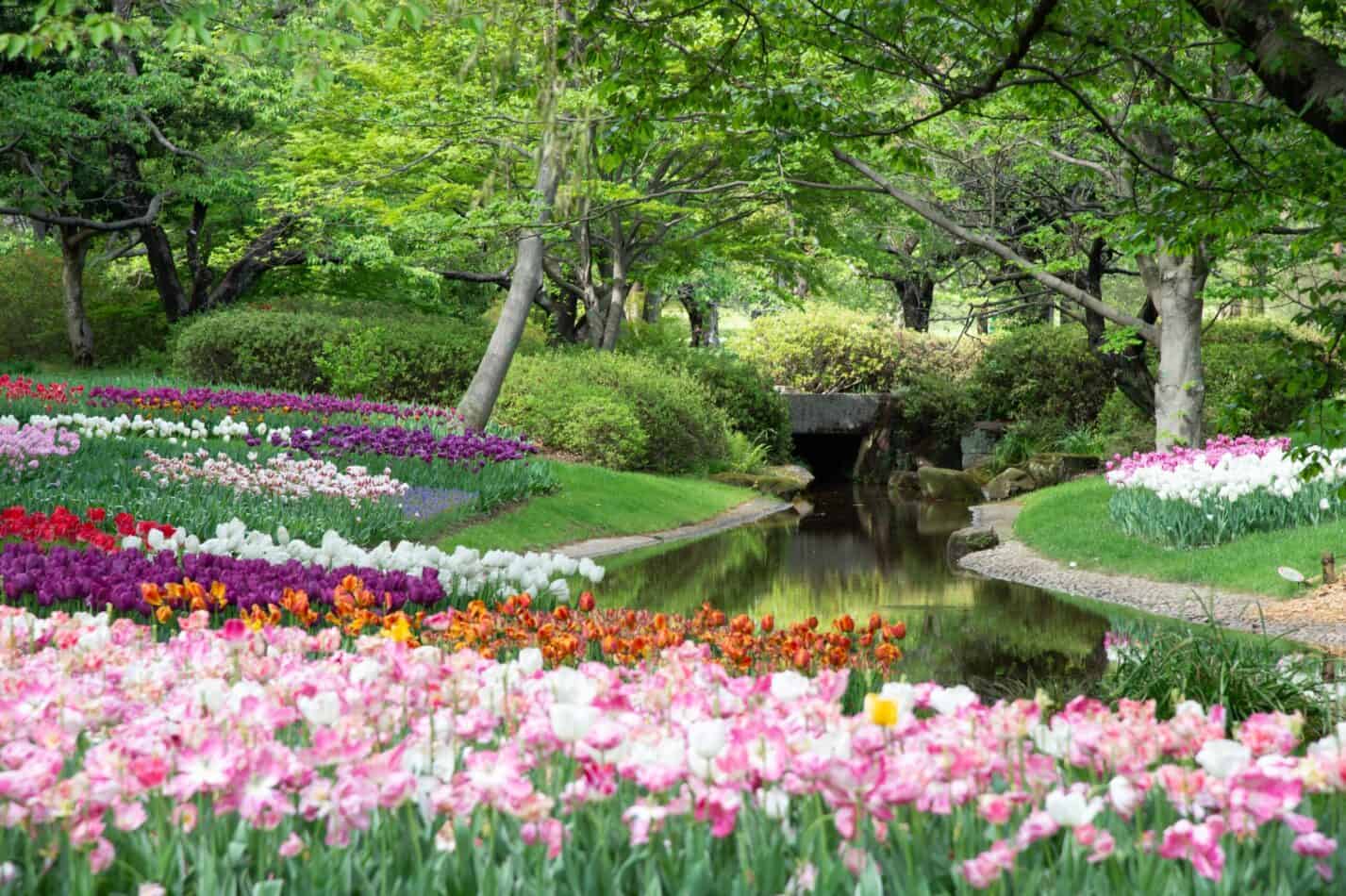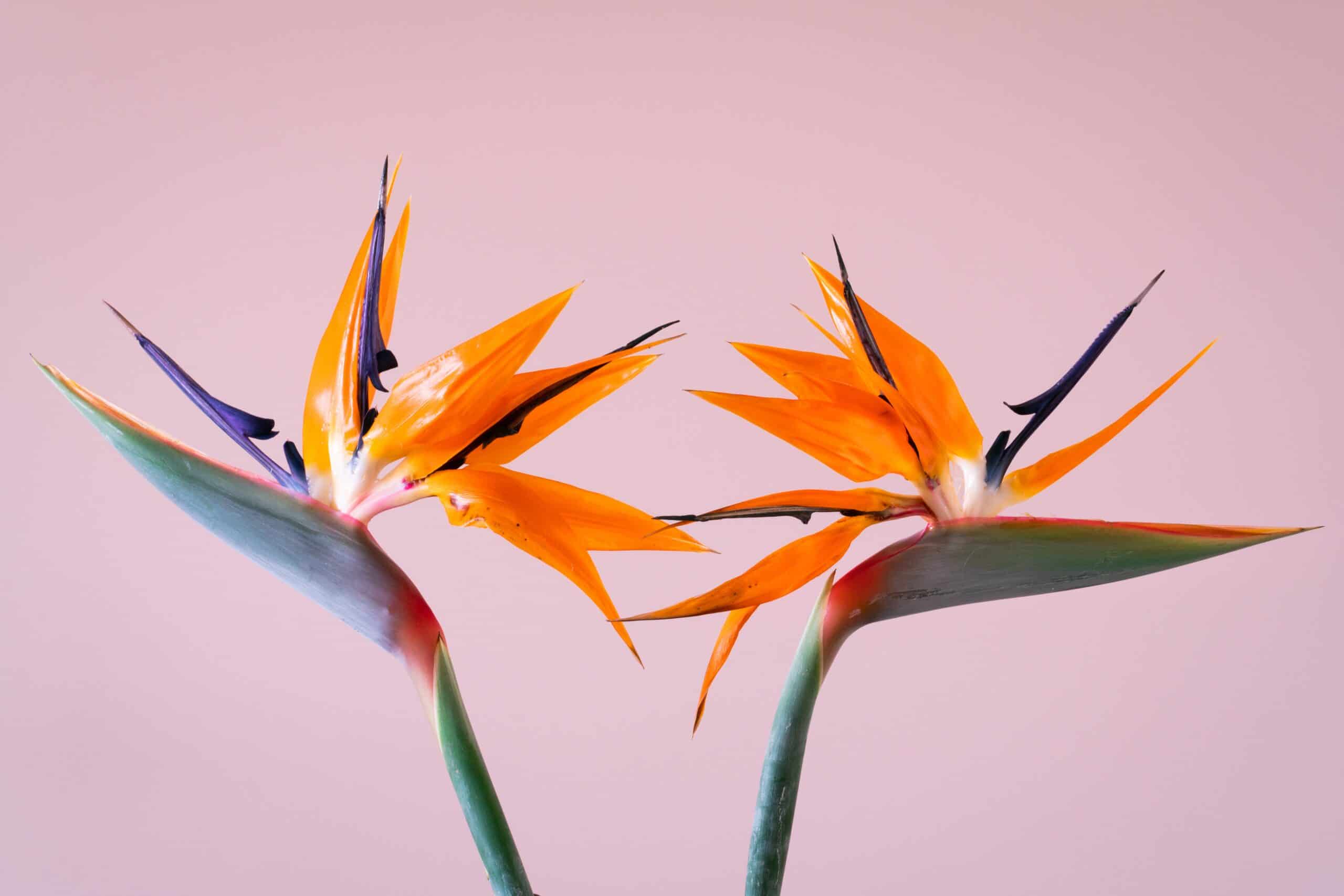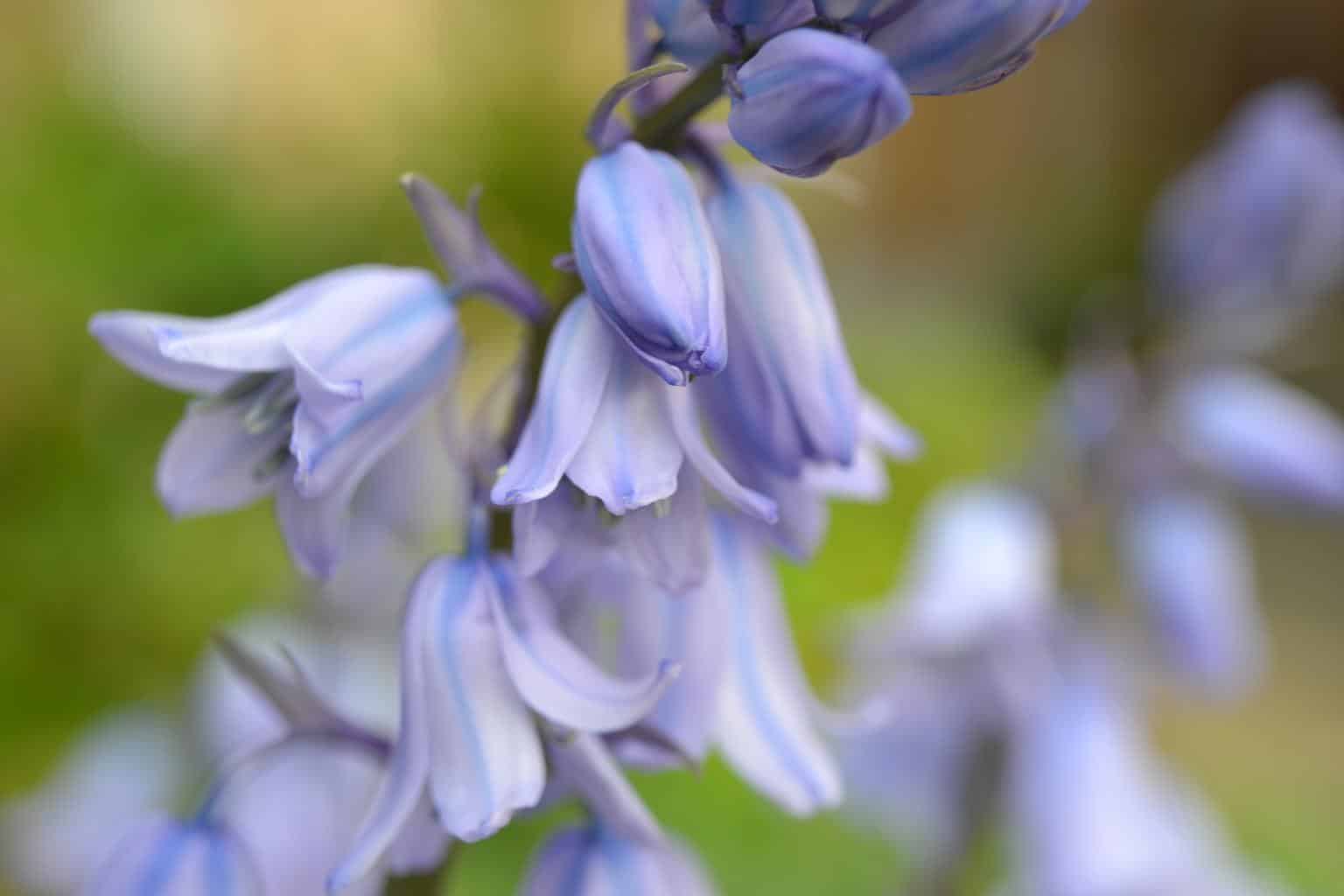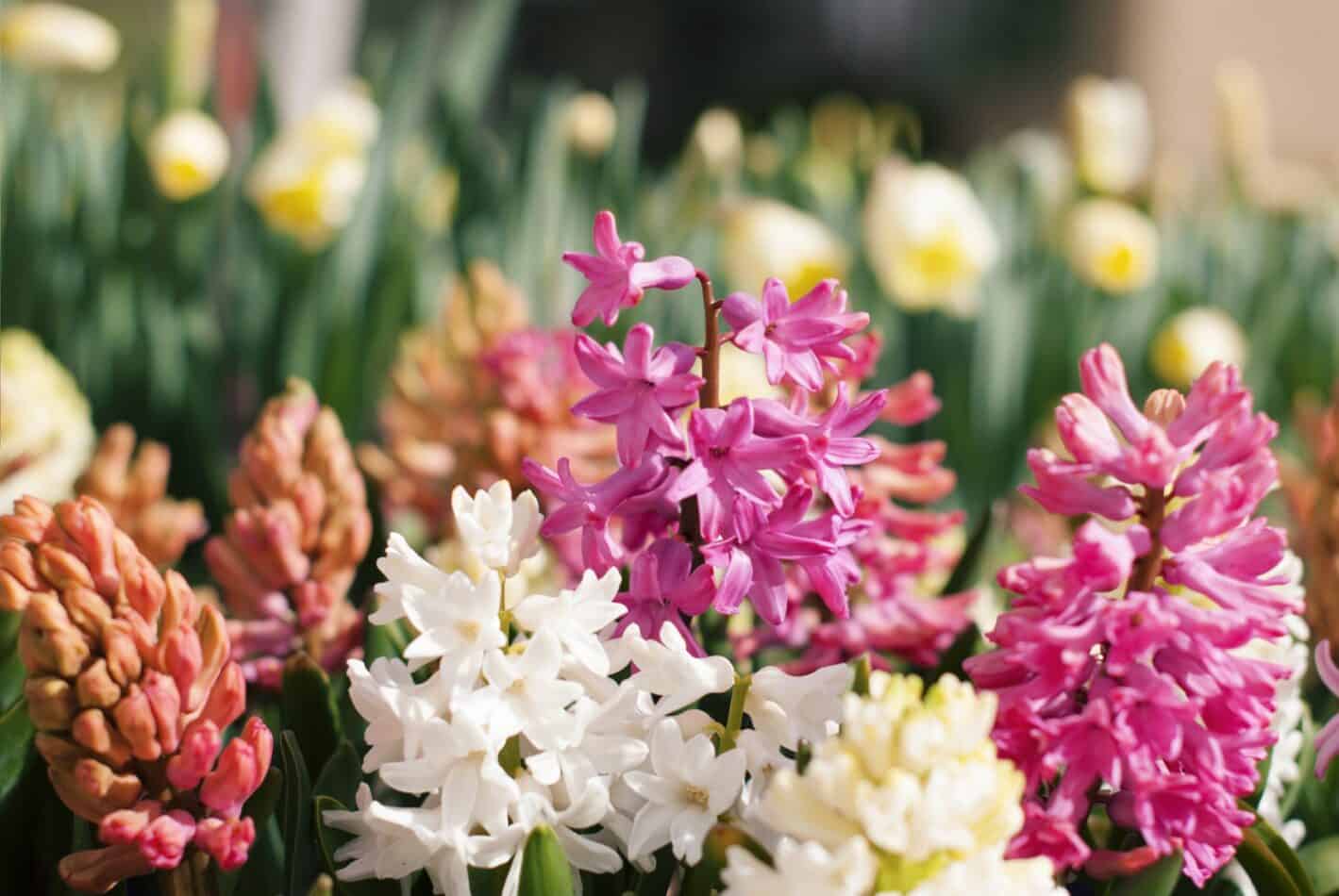Gardens can begin to look old and tired after a few years of growth. Shrubs become overgrown, perennials no longer produce the way they once did and outgrow their space, and the overall garden appearance is dull and shaggy.
If this describes your outdoor space, it may be time to transform your garden into a more welcoming environment. A well-planned garden will add value to your home and encourage the family to spend more time outdoors.
Check out these 5 secrets to transform your garden so your outdoor living space will be as lovely as your indoor living space.
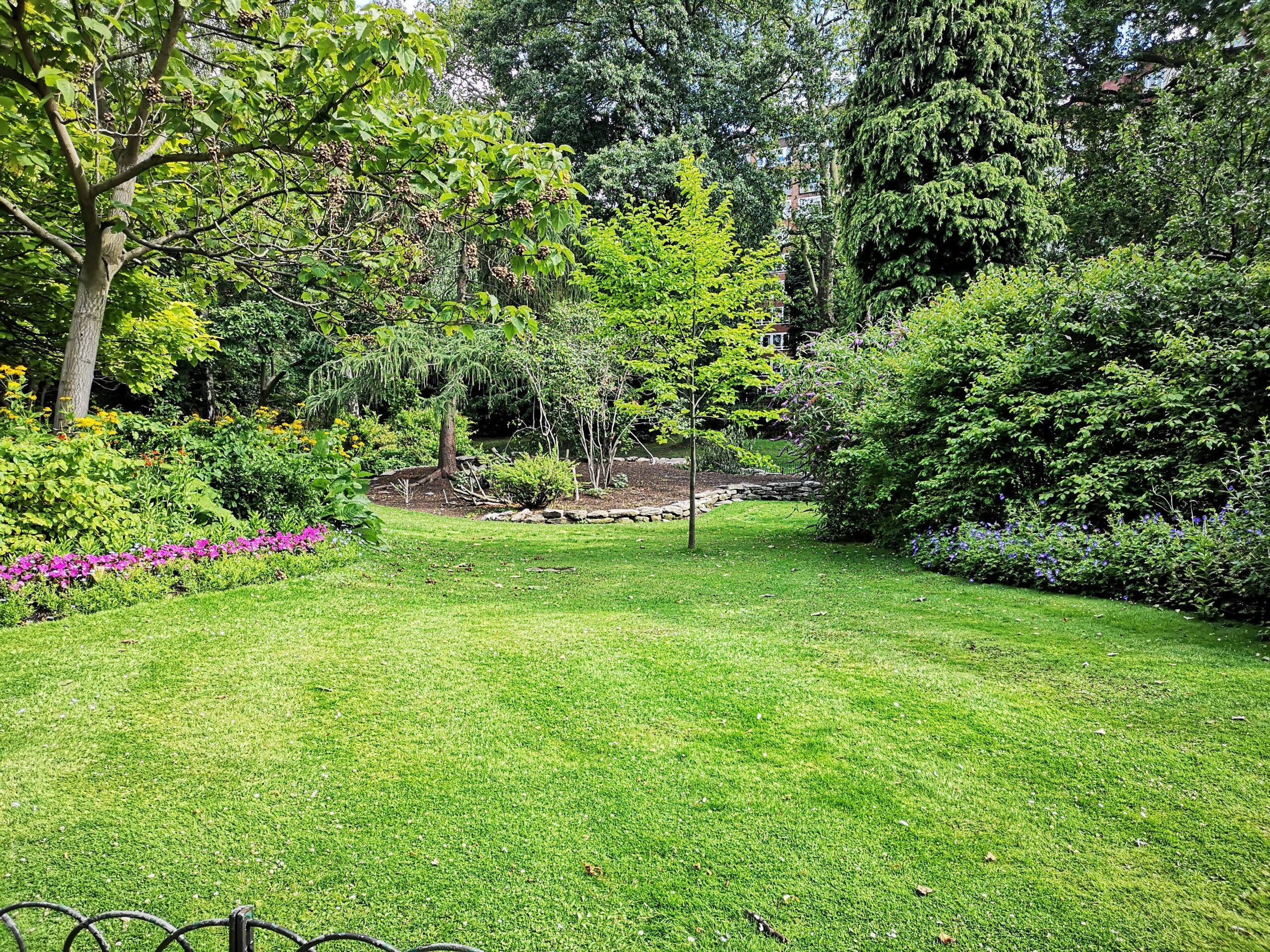
Monochromatic Color Scheme
Monochromatic gardens use a single bloom color to create a visually appealing floral display. Variations of the selected color keep the garden interesting, and the use of various plant heights and leaf textures prevent the single color from being boring.
Use all the shades of the selected color. For example, if you decide to use pink as the color for a monochromatic garden, use flowers with the palest blush of pink in their blooms (like peonies) to magenta begonias and baskets of fuchsia.
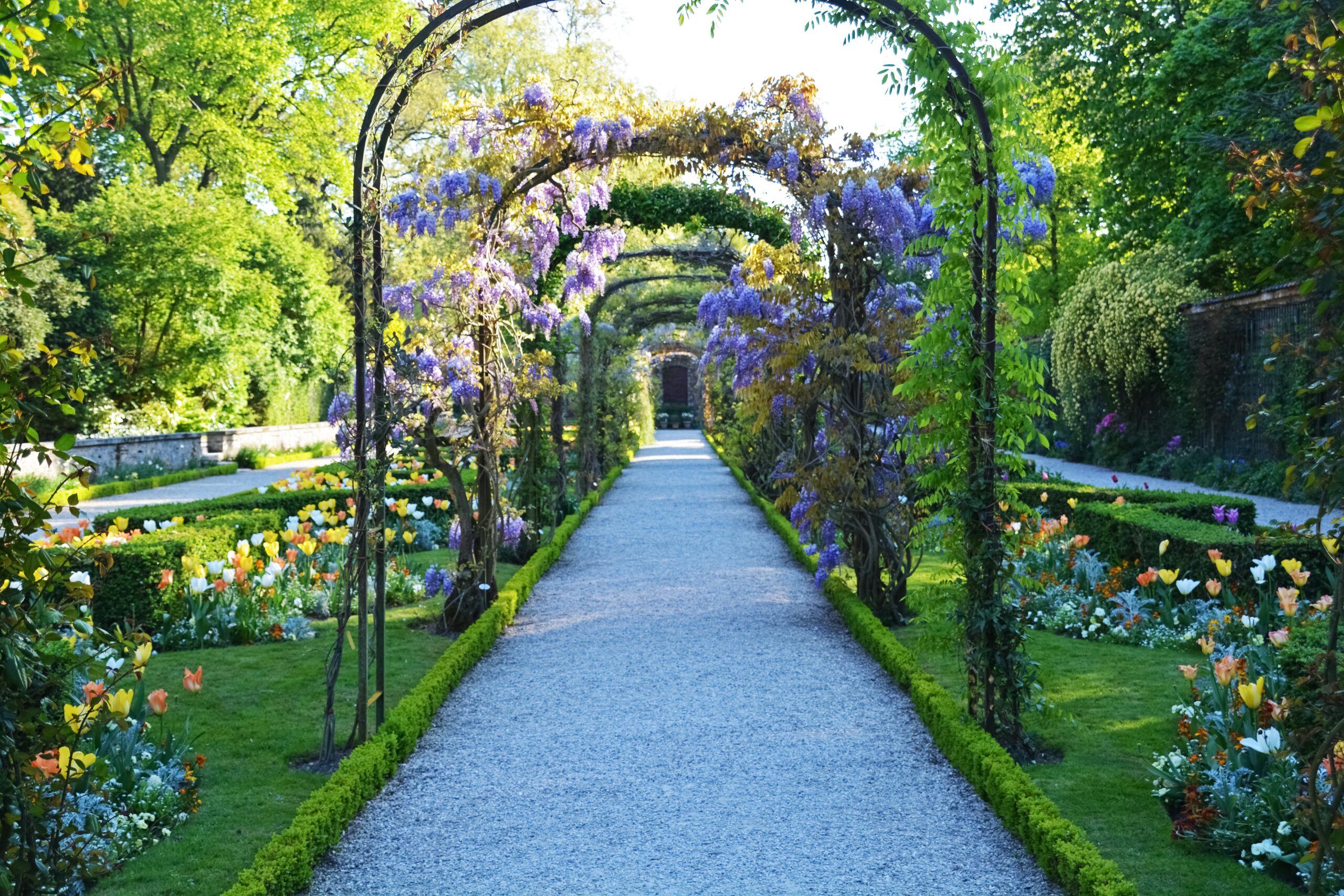
Year-Round Color
Gardens should have year-round color to keep them updated and engaging with each changing season. Even a tiny garden can be transformed using plants that have different bloom times.
Start the spring off with a splash of yellow color from daffodils, crocus, and pansies. Plant some red blooming flowers that will start blooming in early summer and last until fall, like red roses, sage, zinnias, and canna lilies.
Select your favorite chrysanthemum color for fall and add a couple of other late-blooming flowers to compliment the chrysanthemums. End the garden update by adding a colorful winter shrub, like winterberry, beautyberry, or firethorn.
Look Up
If you would like more ground space in your garden so you can add an outdoor kitchen or firepit, look up. Vertical gardening is a great way to grow plants in unused spaces. A privacy fence, exterior wall, or deck railing in a sunny location are great places for vertical gardening.
Consider adding a pergola or garden arch, then plant a flowering vine, like passion vine or wisteria, to cover it.
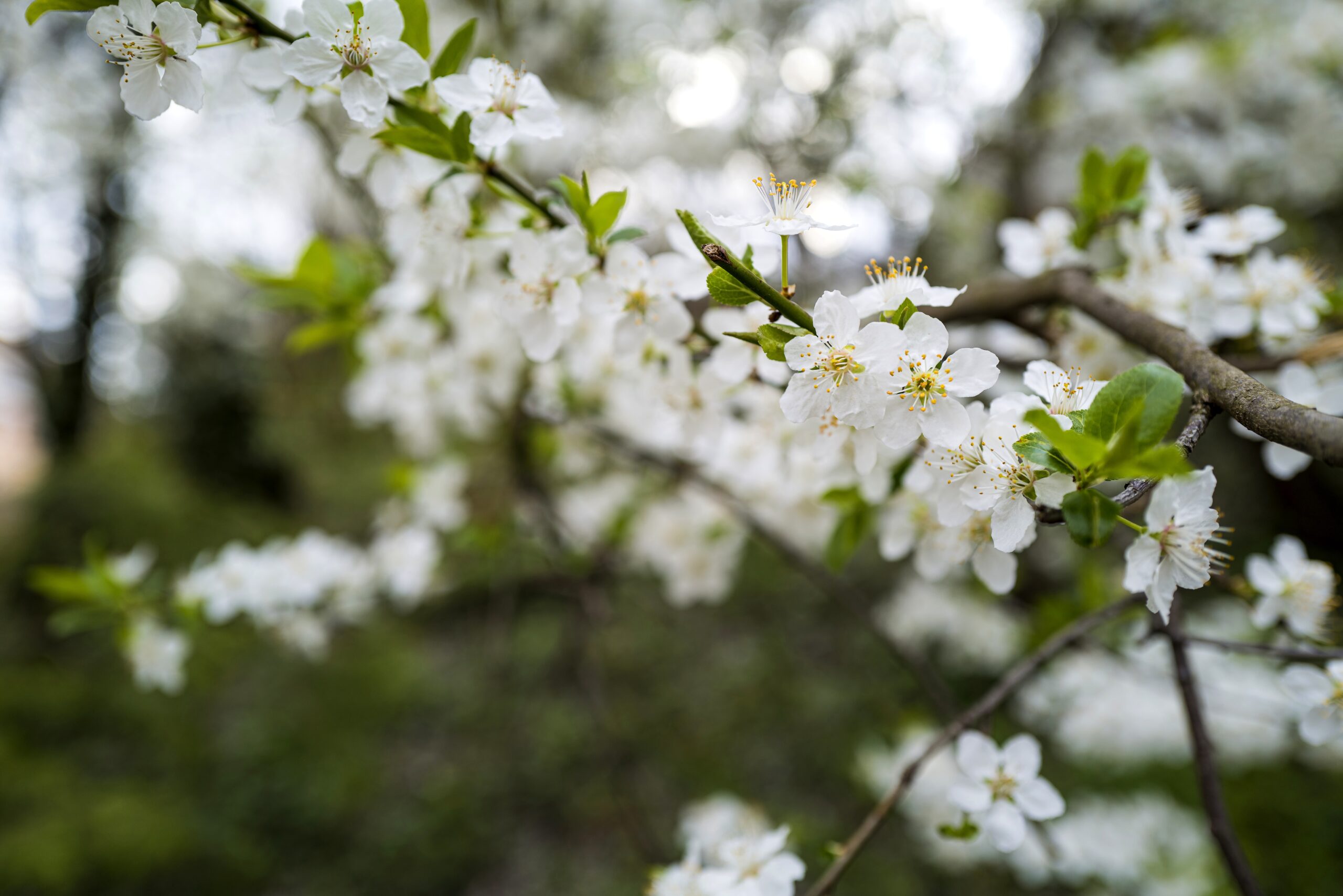
Flowering Food Plants
Plants can produce pretty flowers and edible food at the same time. These double-duty plants can transform your garden into a colorful, productive oasis in your backyard. Plant some of these plants in an in-ground garden, raised beds, or containers.
* Okra will reach a mature height of 4 feet and produce large yellow blooms followed by edible seed pods.
* Pole green beans make a vining plant covered with tiny purple blooms.
* Summer squash grows into a 3-foot wide plant with large leaves and large yellow blooms.
* Tomato plants produce small yellow blooms followed by green tomatoes that will ripen into a golden yellow or bright red color. There are other tomato colors and several shapes to choose from.
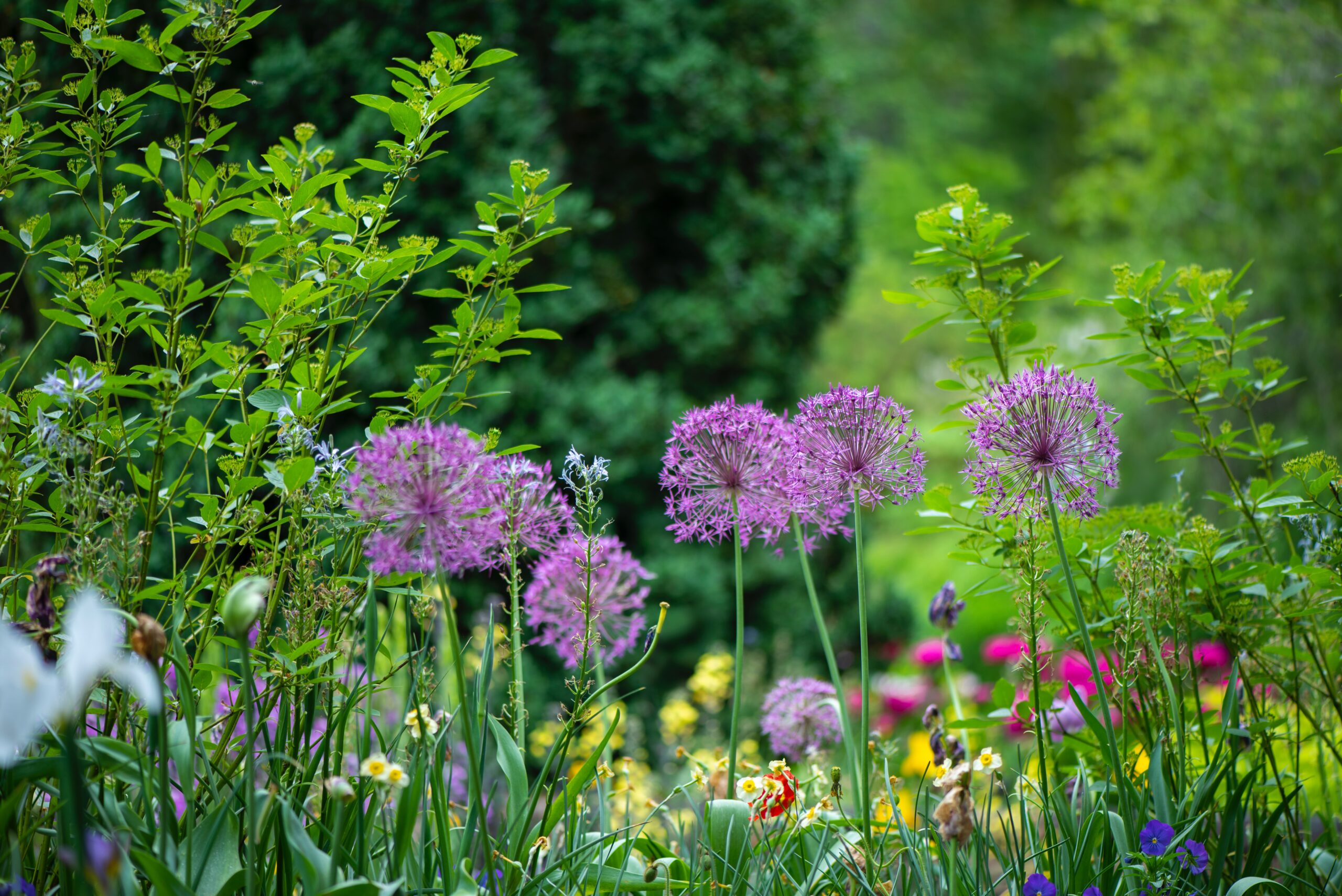
Pollinator Garden
Transform your garden into a pollinator garden that will attract and feed different species of pollinators.
Bees are the number one pollinator and love flowers rich in pollen. Food-producing plants that are in bloom are desirable to them. So are bee balm, zinnias, sunflowers, salvia, calendula, rosemary, sage, dill, basil, and verbena.
Hummingbirds love any flower that contains nectar. Zinnia, foxglove, columbines, daylilies, cleome, impatiens, and petunias.
Butterflies love flowers that have open-faced blooms to rest while they eat. Daisies, cosmos, coneflower, black-eyed susans, marigolds, butterfly bush, alyssum, aster, and butterfly weed.
Create seating near a pollinator garden to enjoy all the pollinators that visit your transformed garden.
What we love from Amazon this week
Buy these wonderful flowers directly from Amazon:


